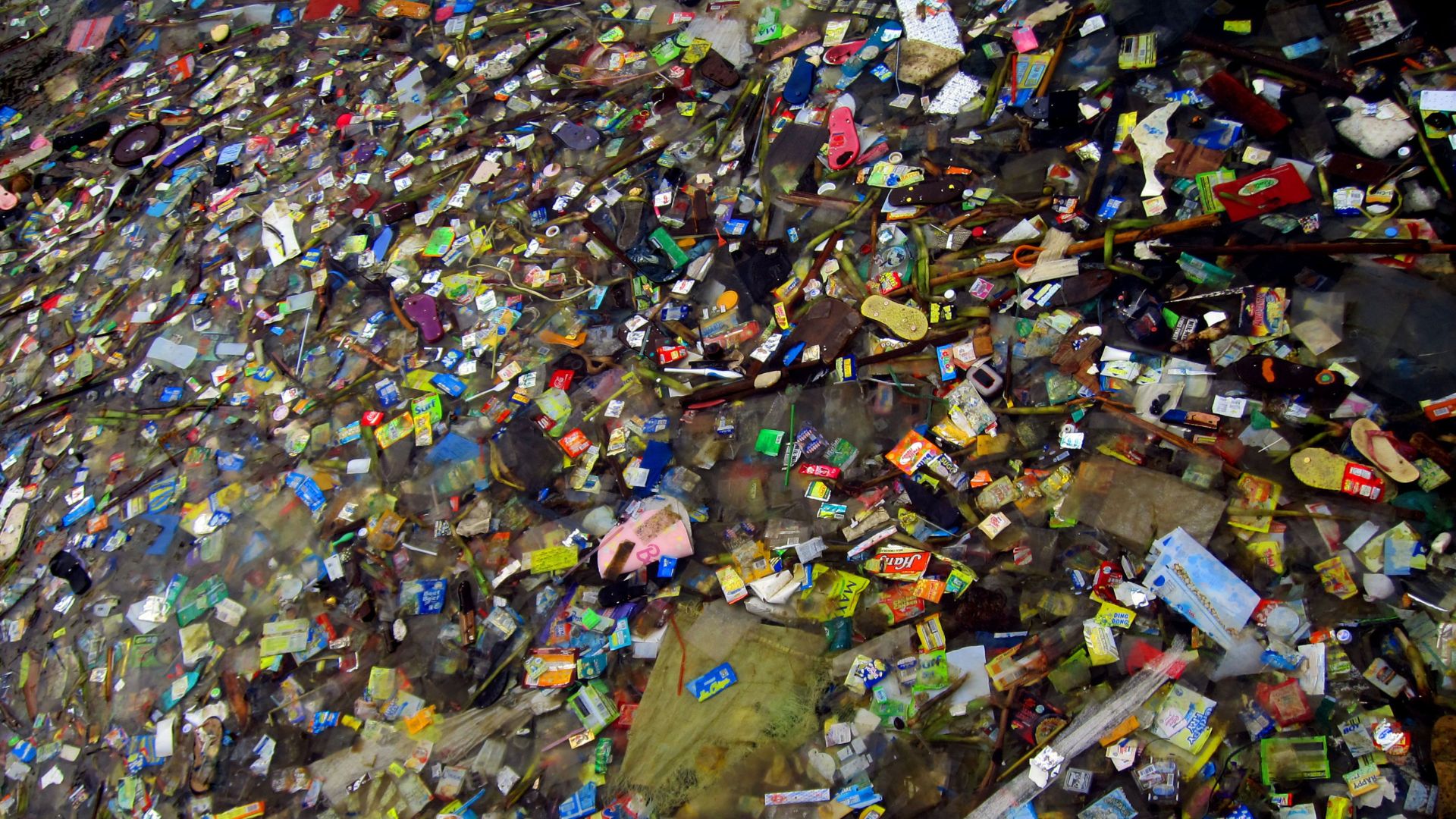Gentle scissor snips complement the night’s sounds. It’s 4AM and most people are still asleep, but inside a modest house is a janitor on a mission.
“I’m already up and collecting trash along our streets before dawn. I stuff what I find into handy eco-bags, then rinse them in detergent. Sometimes (when my wife’s not looking) I even add a bit of Downy so the trash smells nice,” chuckles Willie Mandanas from the municipality of Tingloy. “Once clean and dry, I cut plastic into small strips with these scissors. It’s relaxing because I can enjoy coffee and watch the morning news while working.”



Mang Willie was an elementary school janitor for 37 years. He retired in 2021, but old habits die hard – his hands and mind constantly itched to clean places. He finally found his ‘retirement hobby’ by helping rid his home island of waste.

Among other solutions, Pure Oceans, a marine conservation social enterprise, pays selected program participants from Barangay Santo Tomas PHP20 for collecting one kilogram of shredded plastic and foil sachets. The shredded material is then used as stuffing, hewn into colorful construction panels or used to manufacture cement. Mang Willie’s new hobby helps remove and upcycle some 80 kilograms of trash while generating around PHP1500 every month. “It’s not big, but it’s a worthwhile way to spend my days,” he says while filling up a still-empty cardboard box with cut strips.
The old janitor is just one of many people pitching in to combat plastic pollution in Tingloy.
Haven for Marine Life, But Garbage Magnet

Known as the birthplace of Philippine SCUBA diving with its dive sites situated closest to the capital city of Manila, ‘Anilao’ is really a blanket term that refers to the coasts and waters of Bauan, Mabini and Tingloy in southern Batangas.

It is part of the Verde Island Passage, the center of marine shorefish diversity with over 1700 recorded marine fish species – more than any place on Earth.
Tingloy, an island municipality separated from the mainland by a 3.7-kilometer wide channel, includes the island of Marikaban, plus smaller islets like Caban and Sombrero Island – popular spots for legions of tourists who relish the area’s white sand beaches, plus dozens of world-class dive sites teeming with colorful fish and invertebrates.
Many Tingloy residents derive their income from fishing and tourism, both of which depend on clean seas. Despite having only around 20,000 residents, Tingloy has become a veritable magnet for garbage streaming out of mainland Batangas. Even secluded beaches are strewn with truckloads of trash, mostly plastic waste in the form of non-biodegradable sachets, water bottles and diapers.
“Island municipalities like Tingloy are facing unique challenges,” explains Pia Roxas Ocampo, founder and CEO of Pure Oceans. “They often have no infrastructure that allows for typical garbage collection and disposal solutions like truck hauling, allowing vast piles of trash to accumulate. Many of our islands, particularly smaller ones, have no proper solid waste management systems, so we should find creative ways to prevent trash from flowing out to sea.”
Plastic waste is one of the biggest problems facing our oceans, especially since half the plastics hewn today are designed to be used once, then thrown away. Every 60 seconds, a dump truck’s worth of garbage flows to sea, equivalent to over 10 million metric tons of plastic yearly.


Plastic takes roughly 400 years to break down, so they’ve been silently accumulating in our oceans. In the Pacific Ocean lies a vast, floating swathe of plastic. Covering 1.6 million square kilometers, the accumulated garbage is five times the size of the Philippines.
Unsightly and unpleasant, garbage is often ignored – but what if there’s a paradigm shift? What if garbage can be turned into a useful, even valuable resource?
Solid Waste Solutions for Small Islands
In 2018, SCUBA diver Pia Roxas Ocampo founded Pure Oceans, a marine conservation social enterprise. “I’ve always loved the sea and feel privileged to be neighbors with such a wide array of marine life. While the Philippines is rich in marine biodiversity, we’re also a top contributor of marine plastic waste – so we developed a program for small island communities to address solid waste management in a practical, yet profitable way. It engages people when they realize that helping manage the garbage brought in by the tides can bring extra income for them too.”

Working closely with the 15 barangays of Tingloy, Pure Oceans finds ways to deal with the vast influx of garbage. “Mang Willie and others convert plastic wrappers into stuffing for pillows and bean bags. We pulverize glass bottles into sand that strengthens construction blocks. We’ve also distributed thousands of red mesh sacks for households to easily segregate trash,” adds Eddie Ajos, Pure Oceans Lead Project Coordinator. The distinctive red sacks now adorn many stores and households and are distinctive reminders of the island’s commitment to combat waste.
“Stewardship starts in school. We cultivate a love and awareness for the environment by training students to segregate their waste. Without regular trash collection and disposal, we’d be forced to burn or bury our waste, both of which are unsustainable,” explains Kloster Jan De Claro, a teacher at the Tingloy National High School. Even out-of-school youth have joined the movement.

“I was a tambay. I dropped out of school at 16 because I couldn’t focus on my studies,” recalls 18-year old Royce Allen Obin. “Pure Oceans gave me a chance by hiring me to drive a bangkulong – an open-topped tricycle that collects trash. Soon I learned to operate a motorized bangka, even a glass pulverizing machine. Now I have steady income and new skills. I’ve regained the drive to finish my studies and build a better life. Never would I imagine a future in trash.”
Like Mang Willie, other retirees have found ways to repurpose refuse. “I make pillows using old cloth and pack them tight with plastic stuffing, earning enough to buy my monthly medicines. The best part? Kaya ko itong gawin habang nagmamaritess kami (I can do it all while me and my friends are busy gossiping),” chuckles Aurea Manigbas.
Now in its seventh year, Pure Oceans continues to address Earth’s smelliest issue, while hitting the triple bottomline goals of people, profit and planet.
“We’re pushing for local solutions, led by local people and we want to replicate our model in other Philippine islands,” concludes Pia. “We dream of a tomorrow when Pure Oceans won’t be needed, when the tides no longer bring in garbage. Until then, we’re here to help the community earn what they can while reducing the threat of trash to their coral reefs and their long-term resilience.”
Back in Mang Willie’s home, the snipping of scissors continues. Hours have passed and the world has arisen. After a few final snips, the old janitor stuffs the last strips into his now-full cardboard box. He smiles, packs the box and prepares to head out. “Time to make a little extra cash.”


















